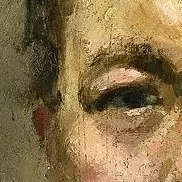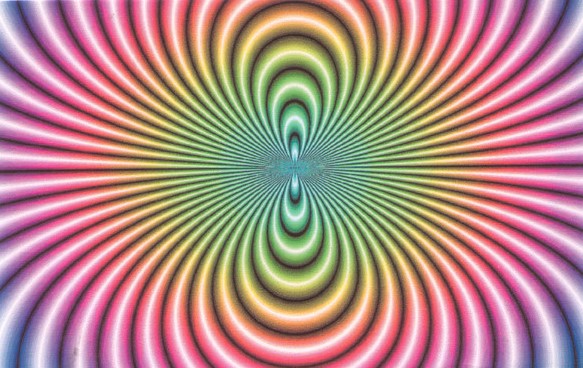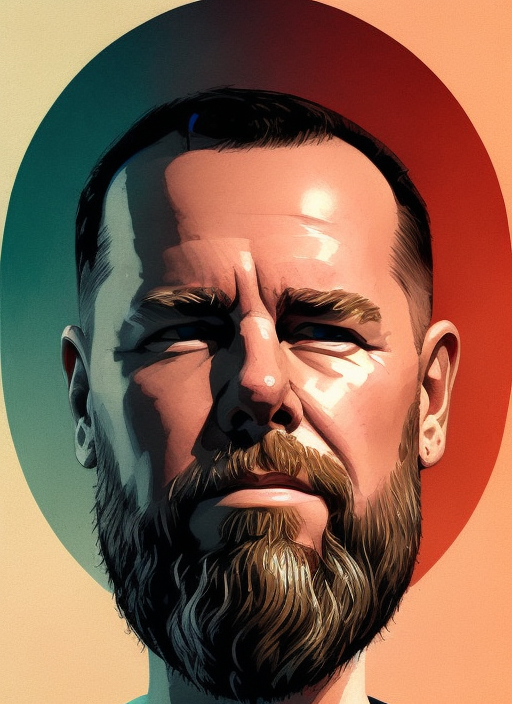On the third Monday of August the Hartjesdag (Hunting Day) was celebrated in some Amsterdam neighbourhoods. There are many different explanations for the origins and meaning of this festival. The day had a carnival atmosphere with people in fancy dress and much eating and drinking. The festivities often got out of hand and the authorities had to intervene to restore order. This painting shows how Hartjesdag was celebrated around 1900 on Zeedijk and Warmoesstraat.
We need more holidays that get out of control in such a way that the authorities cannot restore order, this shit looks lit
That lady in front in the red top looks fun.
Absolutely. Bur the lady on the right, in the background, with blue trousers and blue jacket also. I mean she seems not to care too much.
Oh hell yeah, tiddies all hanging out. Smashing!
Tag yourself, I’m the person in the window, enjoying the festivities from afar before crawling back in to bed and wishing they’d fuck off already so I can sleep lol (though in a different life I’d definitely be big red at the front there lmao)
Braakensiek illustrated for “de Amsterdammer”.
There are “similarities” in composition. This cartoon from 1895. Woman saying, “look my guy, you can show this picture in Basel”.
Hartjesdag was the carnival of Amsterdam and the surrounding area. Men dressed like women and women wore men’s clothes. Amsterdammers went all out for one day. The cartoonist Johan Braakensiek used the party for a cartoon about anti-alcoholism.
Hartjesdag was mainly celebrated in Amsterdam’s working-class neighborhoods, such as around the Haarlemmerplein, where it was full of stalls, all the bars flew the flag and the houses had a lit star above the door, but also in the Jordaan and the Dapperbuurt. Later the party moved to the Zeedijk. After the war, Hartjesdag disappeared, but the catering industry on the Zeedijk is now trying to revive the festival.
The origins of Hartjesdag are obscure. Perhaps it was a day when deer could be hunted freely in the forests around Haarlem. The catch was roasted in the street and people drank as much as possible. The party included activities such as clubbing (katknuppelen), setting off fireworks, dressing up and indecent behavior.
Especially in the evening, Hartjesdag often got out of hand. There was a lot of drinking and partying in the streets. In the Jordaan and the Haarlemmerdijkbuurt, scenes of ‘horrible drunkenness and unbridled debauchery’ were reported every year in the nineteenth century.
In the supplement of August 25, 1895, Braakensiek ridiculed anti-alcoholism. Moderation was a topic of discussion in The Hague. The government representative, Mr. J. Heemskerk, presented the government’s position at an international conference in Basel.




